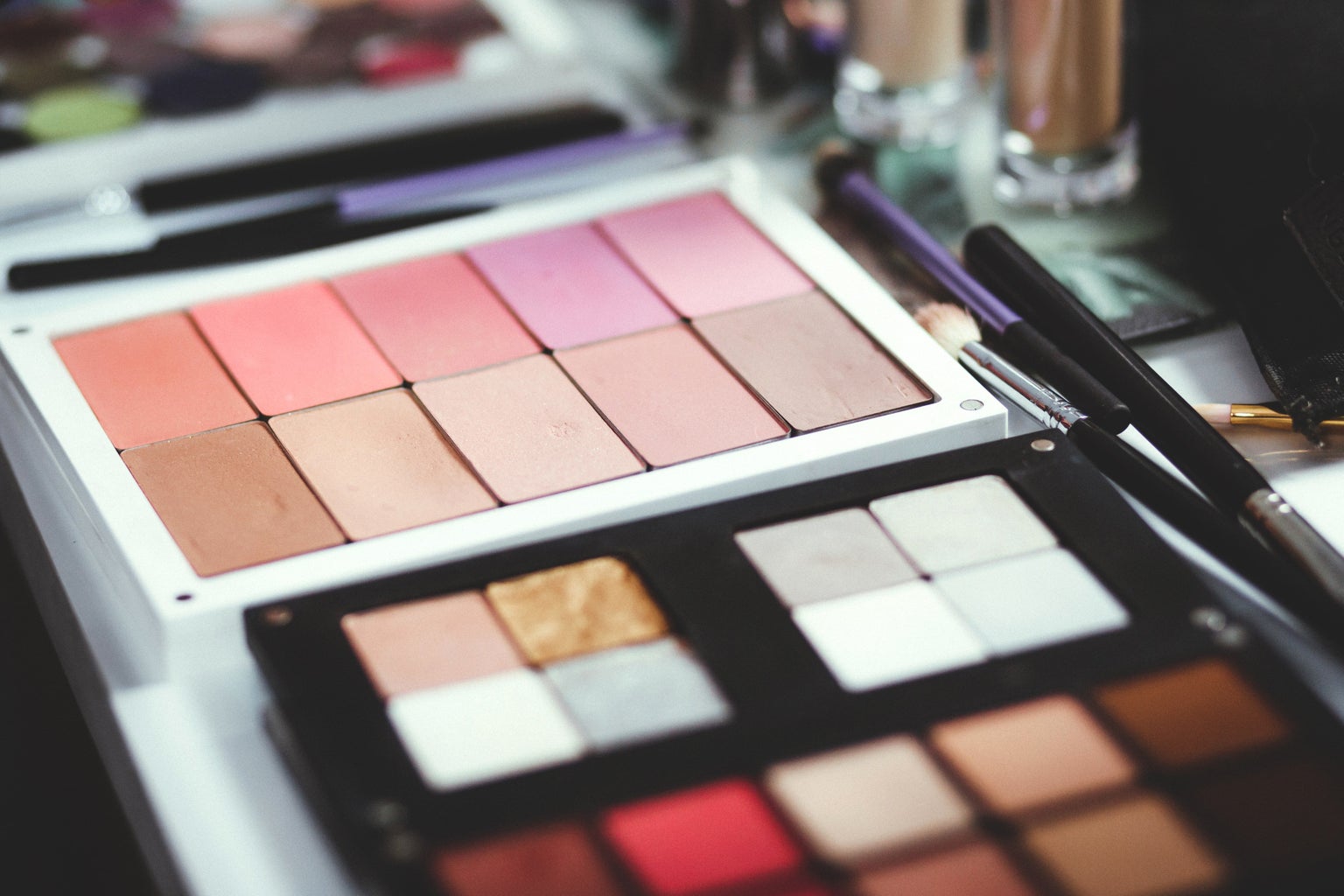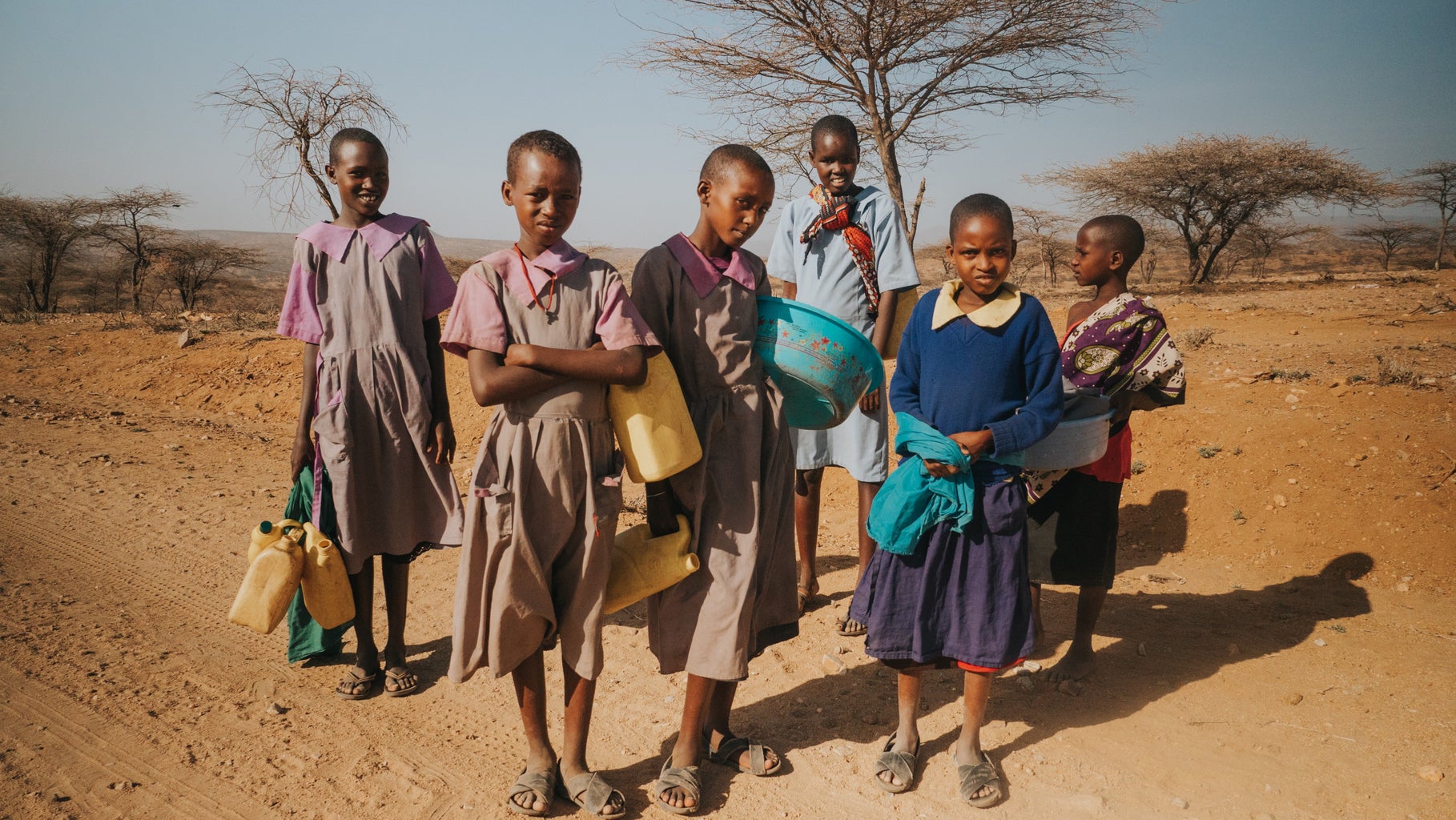Have you ever had to go to a formal event or a party and found yourself scrambling to do the make-up? Perhaps it was a blind date and you want to adjust the finishing touch? Then, you probably found yourself adding a hint of blush or eyeshadow for an alluring look. And most likely, the mineral, mica, is the basis for your shimmery glamor. But would you still thank it for your glow-up looks after knowing the truth?
What exactly is mica?
Now, before we dive into its concerns, what exactly is “mica”? You might have heard of it in the news, when you were shopping online, or skimming through the product’s ingredients.
Mica or “Micas” is a group of 37 silicate minerals that can be broken down into small flakes and refined to powder. They come in a variety of colors from white and red to green and black. They are used in drywalls and paints but became more common in cosmetics (and foods) in the late 1900s, after the demand for natural or “mineral makeup”.
Mica’s Ethical contraversy
Mica mining is a multi-millionaire industry that brings at least half a billion dollars in trade and revenue each year. However, it comes at the expense of child labor.
There are many mica mining facilities inside the US borders such as those in North Dakota and New Mexico. However, a striking large portion of the mica is imported overseas from countries such as India, China, Brazil, and Madagascar. Many of these countries are still developing countries and(or) have low costs of labor. As a result, children in poverty and lower classes partake in mining for the mica material as a source of income for their families. In the recent years, India has gained worldwide attention for the issue.
India is a source of high-quality mica minerals and is well-sought out by companies. Moreover, with its growing population, India has come to have one of the world’s largest children populations with approximately 444 million children. With such a large child population, there are more children in India than anywhere else working in mining for Mica. In fact, the abundant Mica resources and number of children in the industry in north-western India have earned the infamous name, the “Mica belt.”
Although mica is considered a safe ingredient and substitute for chemicals and artificial products, it is not safe for workers and miners. Both workers and miners are constantly exposed to mica particulates in the air. These particulates irritate the lungs and make it difficult to breathe. Long exposure to mica opens up lung diseases, lung scarring, and even fibrosis.
Moreover, the mining process is extremely dangerous. Without rules, proper regulations, and usable equipment, underground mining is very hazardous. The collapsing of tunnels and paths to come back to the surfaces itself results in frequent deaths. Moreover, the process contaminates the freshwater resources nearby.
Children are working under such gruesome conditions and often face death to earn income for their families. Unfortunately, as children, they are more underpaid than adults. In fact, after a long day of hard work, these children earn somewhere between fifty to forty rupees, which is barely 60 cents(USD).
In hopes to bring attention and awareness to the works of these children, people like Lexy Lebsack have reached out to worldwide communities like YouTube. Here is a video that reveals more shocking secrets about the mining process.
SO WHAT?! What can you do?
Don’t just watch out for cruelty-free products! Use Mica-free products. They say taking part as the consumer instigates the chain. Make a change. There are many types of brands and products that have been able to make products “shimmer” without the mica mineral. An example is the juice beauty concealer, LUSH cosmetics, Haut Cosmetics, etc. The list is endless, but only if you look for it.
How about look for “ethically sourced” labels? If you feel that there is something about Mica that just makes the products shine, how about considering Mica products that are ethically mined and manufactured? This is another way to support the cause. Here is an articles that lists surprisingly many ethically sourced mica products!
Spread the word. Bring awareness. Boycotting and prevention may not always be the solution. The governments of these countries might be aware of the issue but have not set out procedures to properly address them. A reason might be a lack of interest or simply unawareness. Spreading the word about the issue and taking a small step is in itself the first step to handling the issue.




